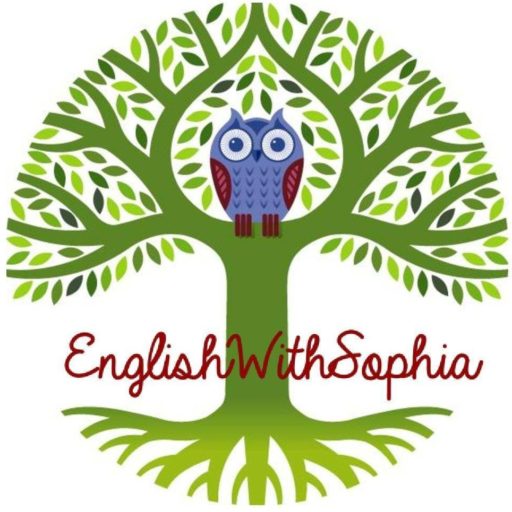Simple Renaissance Timeline
Here you are a simple Renaissance timeline to keep record of the most relevant events of the Quattrocento (or 1400s) and the Cinquecento (or 1500s) in Italy.
Quattrocento
Quattrocento is the Italian term that means “four hundred” for the years belonging to the fifteenth century. It was one of the most important periods of European art and culture. It started in Italy and it is the first phase of the movement of the Renaissance.
The Quattrocento (1401-1500) began in Florence, promoted by the Medici family. At this time the figure of the artist and creator imposed at the expense of anonymity. Man was the most perfect work of God, in the early renaissance artists’ eyes.
In this century art painting techniques evolve, getting the “perspective”, and in sculpture comes to an improvement based on the imitation of classical Greek and Roman art. Even in architecture, there was a return to the lines of Roman monuments.
Lorenzo de’ Medici encouraged a lot of his countrymen to commission works from Florence’s leading artists, including Leonardo da Vinci, Sandro Botticelli, and Michelangelo Buonarroti.

These are the best artists, after the genius of Leonardo da Vinci and Michelangelo Buonarroti, who worked during the Cinquecento:
- Sculpture: their interest was in representing the human body, such as Donatello and Ghiberti.
- Painting: paintings applied in perspective, representing the depth. Examples of this were Masaccio, Fra Angelico, Sandro Botticelli, Piero della Francesca, Paolo Uccello, Filippo Lippi, and Andrea Mantegna. In 1470, Botticelli paints the famous Birth of Venus, in Florence.
- Architecture: architects sought to introduce space domain and provided simple elements such as Filippo Brunelleschi and Leon Battista Alberti.
Cinquecento
Cinquecento (in English: Five hundred) is an Italian term that describes the Italian Renaissance of the 16th century, including art, music, literature, and architecture. It is the century when Italy was the leader in the European civilization.
In the Cinquecento the most important center of culture in Italy was Rome. Meanwhile, Florence suffered from the Girolamo Savonarola rebellion and the end of the Medici power in the city.




Comments are closed